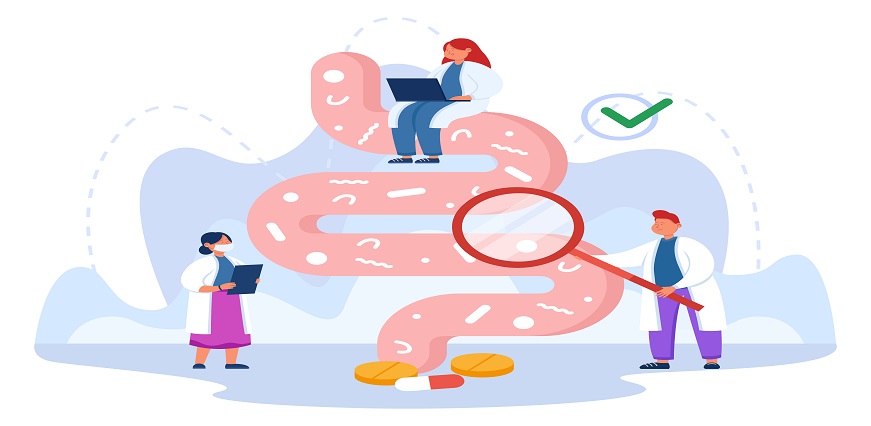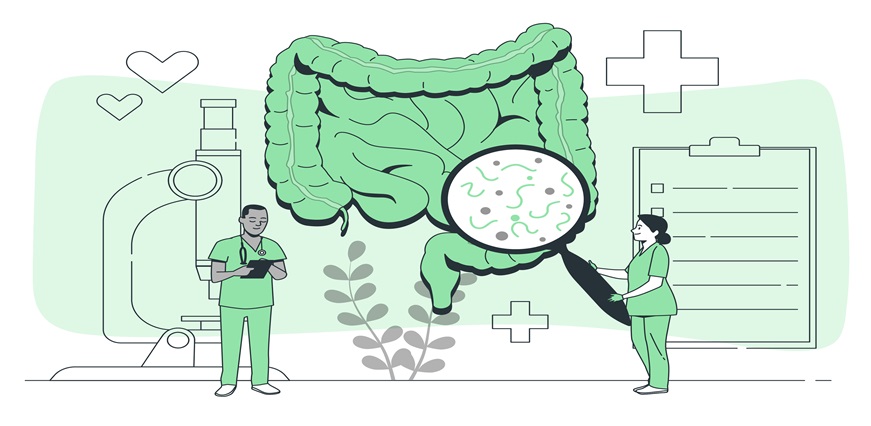What is Appendicitis?
Appendicitis is a common medical condition that occurs when the appendix becomes inflamed and infected. A tiny, finger-shaped structure called the appendix is situated in the bottom right side of the abdomen. Although its precise purpose is unknown, it is thought that the appendix contributes to immune function, Because it can result in potentially fatal complications like a ruptured appendix and peritonitis, appendicitis is a serious condition that needs to be treated right away.
Causes of Appendicitis
Appendicitis' precise cause is unknown, but it is thought to be brought on by a blockage in the appendix. The obstruction could result from:
- Faecal matter: Faecal matter can clog the appendix, allowing bacteria to build up and infect the organ.
- Large lymphoid tissue: The appendix's lymphoid tissue may expand and restrict the organ.
- Cancer: Appendix Cancer is an uncommon condition that can obstruct and inflame the digestive tract.
Symptoms of Appendicitis
- Abdominal Pain: Abdominal Pain on the lower right side of the abdomen after starting in the centre of the abdomen is a common occurrence. Both nausea and vomiting can occur along with the pain, which can be either acute or dull.
- Loss of appetite: After consuming a tiny amount, the patient may feel bloated or full and lose interest in food.
- Temperature: A low-grade temperature, often below 100 degrees Fahrenheit, may be experienced by the patient.
- Constipation or diarrhoea: The patient may have changes in bowel movements, such as constipation or diarrhoea.
- Swelling of the abdomen: The abdomen may swell and feel sensitive to the touch.
Pain Location of Appendicitis
Appendicitis typically causes lower right abdominal pain that first starts in the middle of the belly. Both nausea and vomiting can occur along with the pain, which can be either acute or dull. Since pain is frequently the first symptom of the condition, the location of the pain is crucial in the diagnosis of appendicitis.
Treatment for Appendicitis
Surgery to remove the appendix is typically required as part of the therapy for appendicitis. The procedure, known as an appendectomy, often entails creating a tiny incision in the abdomen and is carried out under general anaesthesia. Following the removal of the appendix, the incision is stitched or stapled shut. In some circumstances, the operation could be performed via laparoscopic methods, which entail creating numerous minor abdominal incisions and utilising a camera to direct the physician.
Maxlab offers an exhaustive list of tests for a comprehensive diagnosis of your health. Take a look at Histo Biopsy Appendix Test for detecting infection in apendix.
Conclusion
Appendicitis is a dangerous illness that needs to be treated very away. Early appendicitis symptoms can be minor and sometimes confused with those of other illnesses, but as the inflammation worsens, the symptoms get worse. Abdominal pain, nausea, vomiting, fever, diarrhoea, or constipation are among the most typical symptoms of appendicitis. Appendicitis' precise cause is unknown, but it is thought to be brought on by a blockage in the appendix. An operation to remove the appendix is typically required as part of the therapy for appendicitis. This operation can be performed laparoscopically or conventionally.













 7982100200
7982100200























 To reach our help desk call 9213188888
To reach our help desk call 9213188888.png)
Comments